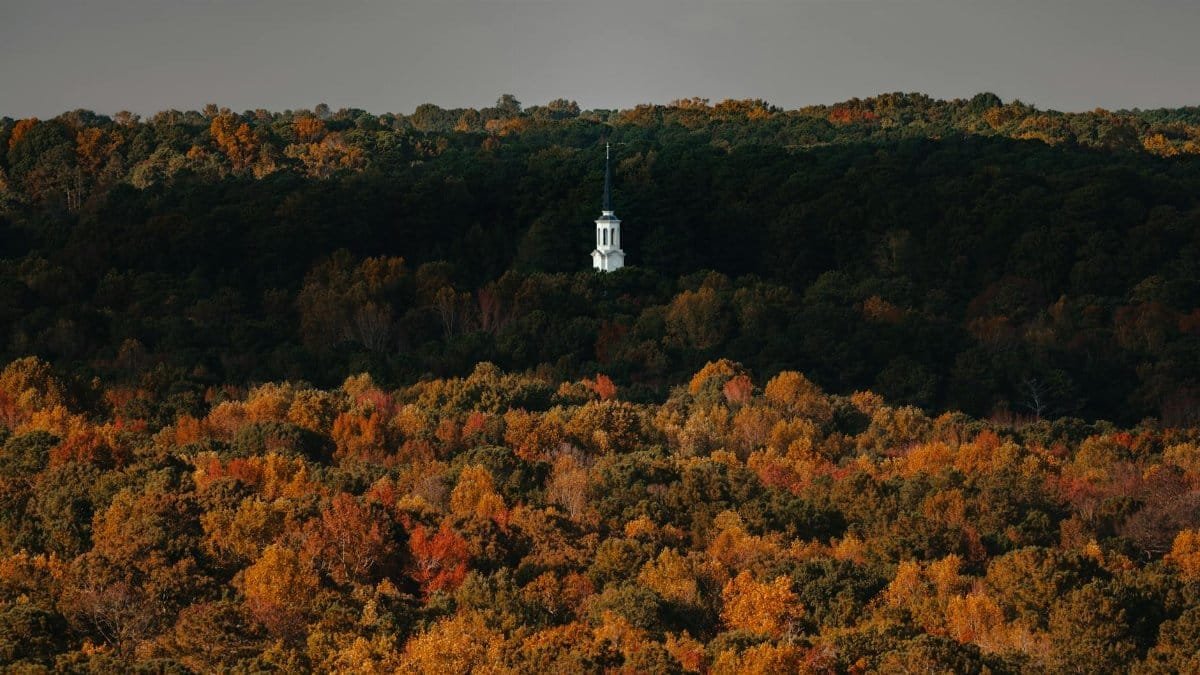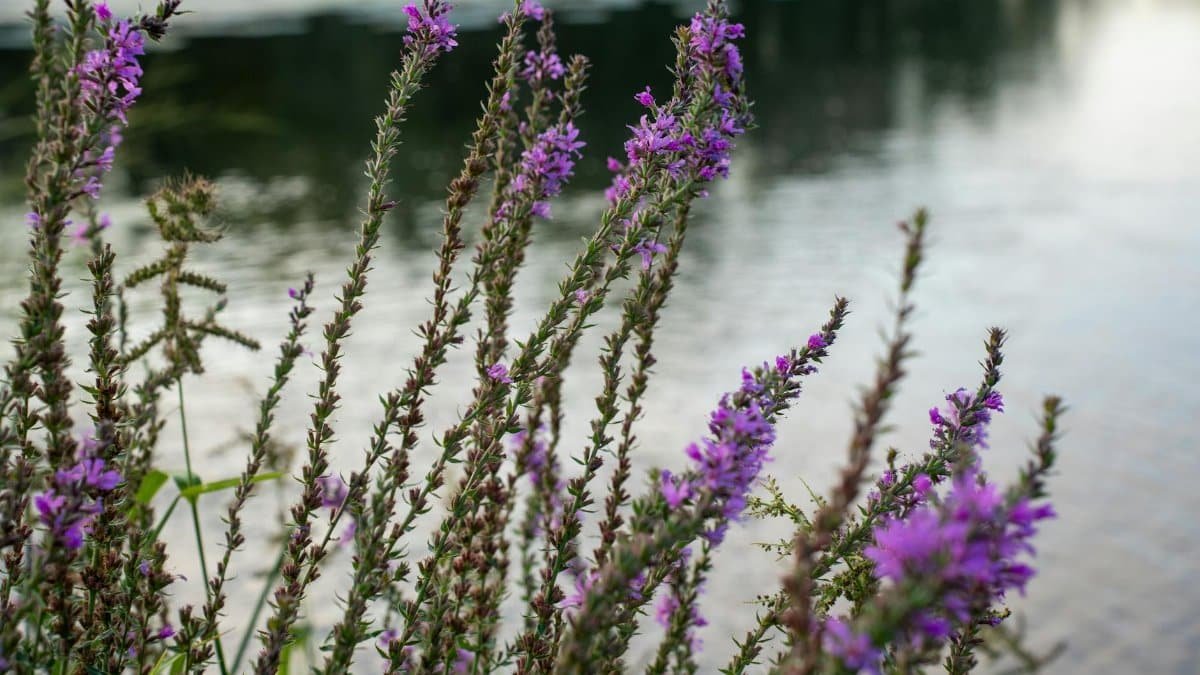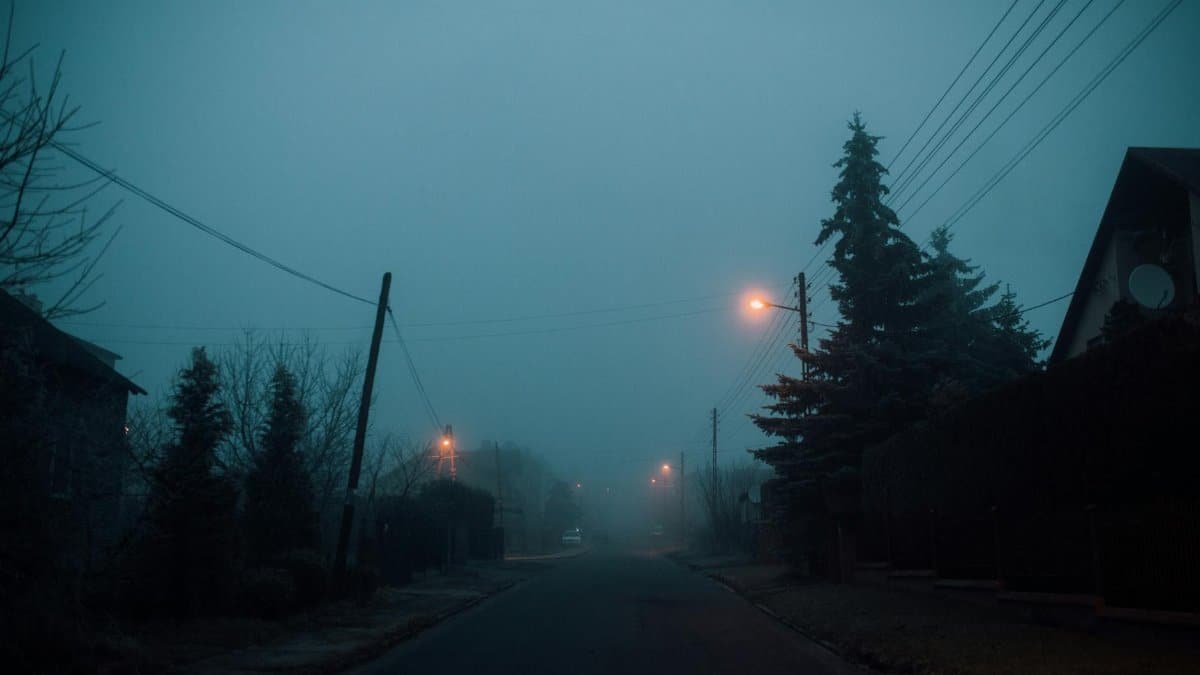In a world that often feels like it’s moving at breakneck speed, the idea of coming home to a space that breathes tranquility is more appealing than ever. Walk into any neighborhood in Portland or Austin these days, and you’re likely to spot homes stripped down to their essentials—clean lines, open spaces, and a quiet that seems almost tangible. This isn’t just a design trend; it’s a response to the chaos of modern life. Minimalist homes calm energy isn’t merely about aesthetics—it’s about creating environments that soothe the mind and nurture the soul. For many Americans in 2025, paring down possessions and prioritizing simplicity has become a way to reclaim peace. This article takes you through ten remarkable minimalist homes across the U.S., each a testament to how less can truly be more. From a coastal retreat in Maine to a desert oasis in Arizona, these spaces show how design choices can transform a house into a sanctuary.
1. Coastal Serenity in Maine

A small cottage perched on the rugged Maine coastline offers a masterclass in understated elegance. With its whitewashed walls and a single weathered wooden table as the dining centerpiece, the home feels like a deep breath of salty air. The owner, a retired teacher, wanted a space to “feel the ocean even indoors.” Large windows frame the Atlantic, while the absence of clutter ensures nothing distracts from the view. Studies, like one from the National Institutes of Health, suggest that exposure to natural elements through design can lower stress levels. Here, every element serves a purpose, embodying minimalist homes calm energy in its purest form.
2. Urban Escape in Chicago

In the heart of Chicago, a loft apartment defies the city’s hustle. The owner stripped the space to concrete floors and bare walls, with only a low-slung sofa and a single piece of abstract art as focal points. “It’s my reset button,” they explained during a recent chat. The lack of visual noise mirrors the mental clarity many seek in 2025’s fast-paced urban grind. Research from Pew Research shows a growing number of city dwellers crave environments that counteract daily stress, and this home delivers just that.
3. Desert Minimalism in Arizona

Picture a home in the Sonoran Desert, where the landscape itself dictates the design. This Arizona abode uses earthy tones and sparse furnishings to blend seamlessly with the cacti outside. A single hammock sways in the living area, inviting quiet reflection. The owner drew inspiration from desert cultures that value simplicity for survival. The result? A space where minimalist homes calm energy feels as natural as the arid breeze. According to a study by Environment and Behavior Journal, such biophilic design can enhance emotional well-being.
4. Mountain Retreat in Colorado

Nestled in the Rockies, a Colorado cabin redefines cozy with less. Think bare wooden beams, a lone iron stove, and windows that frame snow-capped peaks. The family who lives here intentionally limits decor to what feels essential. One member shared, “We wanted a place to hear our own thoughts.” This aligns with findings from Harvard Health, which link decluttered spaces to reduced anxiety. It’s a stark reminder of how physical simplicity can foster mental stillness.
5. Southern Charm in Georgia

In Savannah, a historic home sheds its heavy Victorian past for minimalist grace. Gone are the ornate trappings; in their place, smooth plaster walls and a handful of woven baskets for storage. The owner, a local artist, sees the space as a blank canvas. “Clutter used to choke my creativity,” they admitted. Now, the home radiates a quiet that fuels their work. This shift reflects a broader 2025 trend toward spaces that prioritize function over flair, especially in the South where tradition often reigns.
6. Pacific Zen in Oregon

Along Oregon’s misty coast, a home inspired by Japanese wabi-sabi aesthetics stands out for its imperfection. Rough-hewn wood and a single tatami mat define the living space. The owner, seeking solace after a career burnout, embraced flaws as beauty. This philosophy of simplicity ties directly to minimalist homes calm energy, creating a space that feels grounded. It’s a powerful example of how cultural influences can shape personal peace in American homes today.
7. Lakeside Tranquility in Minnesota

By a quiet lake in Minnesota, a family home strips life to the basics. With just a few pieces of handmade furniture and walls painted in soft gray, the space mirrors the stillness of the water outside. One evening, a visitor remarked on the “weightless” feeling of the room. It’s no accident—design choices here aim to mimic nature’s calm. This resonates with research showing that minimal environments can enhance focus and relaxation, a priority for many in 2025.
8. Rustic Simplicity in Vermont

A Vermont farmhouse proves that minimalism isn’t just for modern spaces. The owners kept the original 1800s structure but cleared out generations of accumulated stuff. Now, a single rocking chair by the hearth and open shelves with just a few pottery pieces define the interior. The effect is timeless, a nod to a slower era. This approach to minimalist homes calm energy shows how history and simplicity can coexist, offering a refuge from today’s digital overload.
9. Suburban Stillness in California

In a bustling California suburb, a family reimagined their cookie-cutter home into a haven of quiet. White walls, a sparse bedroom with only a mattress on the floor, and a backyard with one lone tree as the focal point—it’s radical for the area. “We needed less to feel more,” one parent shared in a public online discussion. Their choice reflects a growing suburban push for spaces that counterbalance the chaos of school runs and commutes, a sentiment echoing across the U.S. this year.
10. Industrial Calm in Detroit

Finally, in Detroit, an old warehouse turned residence captures raw minimalism. Exposed brick, steel beams, and a single long table for both dining and work define the space. The owner, a young entrepreneur, sought a home that wouldn’t distract from their goals. “It’s like the clutter of the city stops at my door,” they said. This industrial take on minimalist homes calm energy highlights how urban decay can be reborn into something restorative, a fitting metaphor for personal renewal in 2025.
These ten homes, scattered across the American landscape, share a common thread: a deliberate choice to strip away excess. They remind us that calm isn’t just a feeling—it’s a space we can build. Whether in the shadow of skyscrapers or the silence of a desert, minimalist homes calm energy offers a way to step back, breathe, and reconnect with what matters most. As life grows more complex, these sanctuaries stand as proof that simplicity can be the ultimate luxury.
